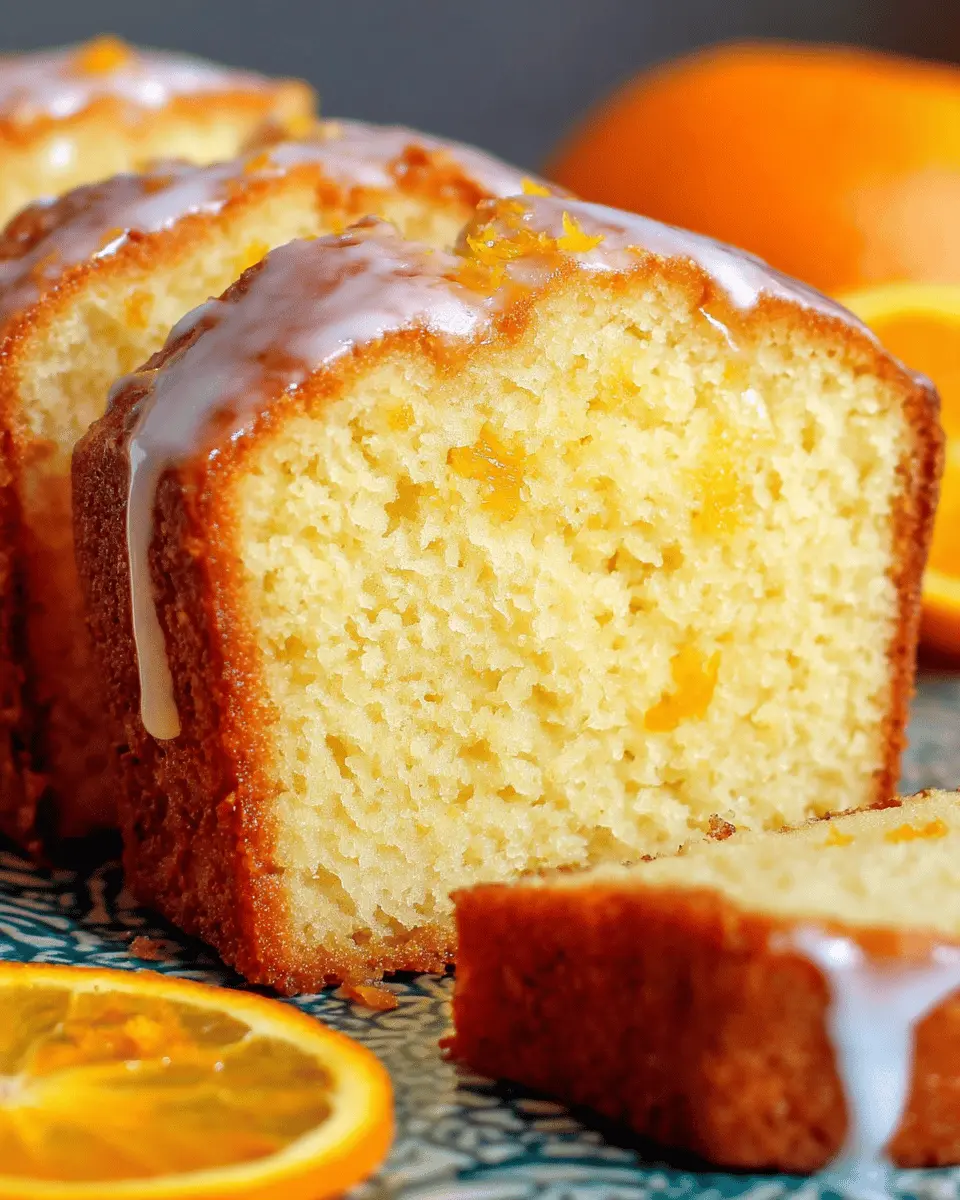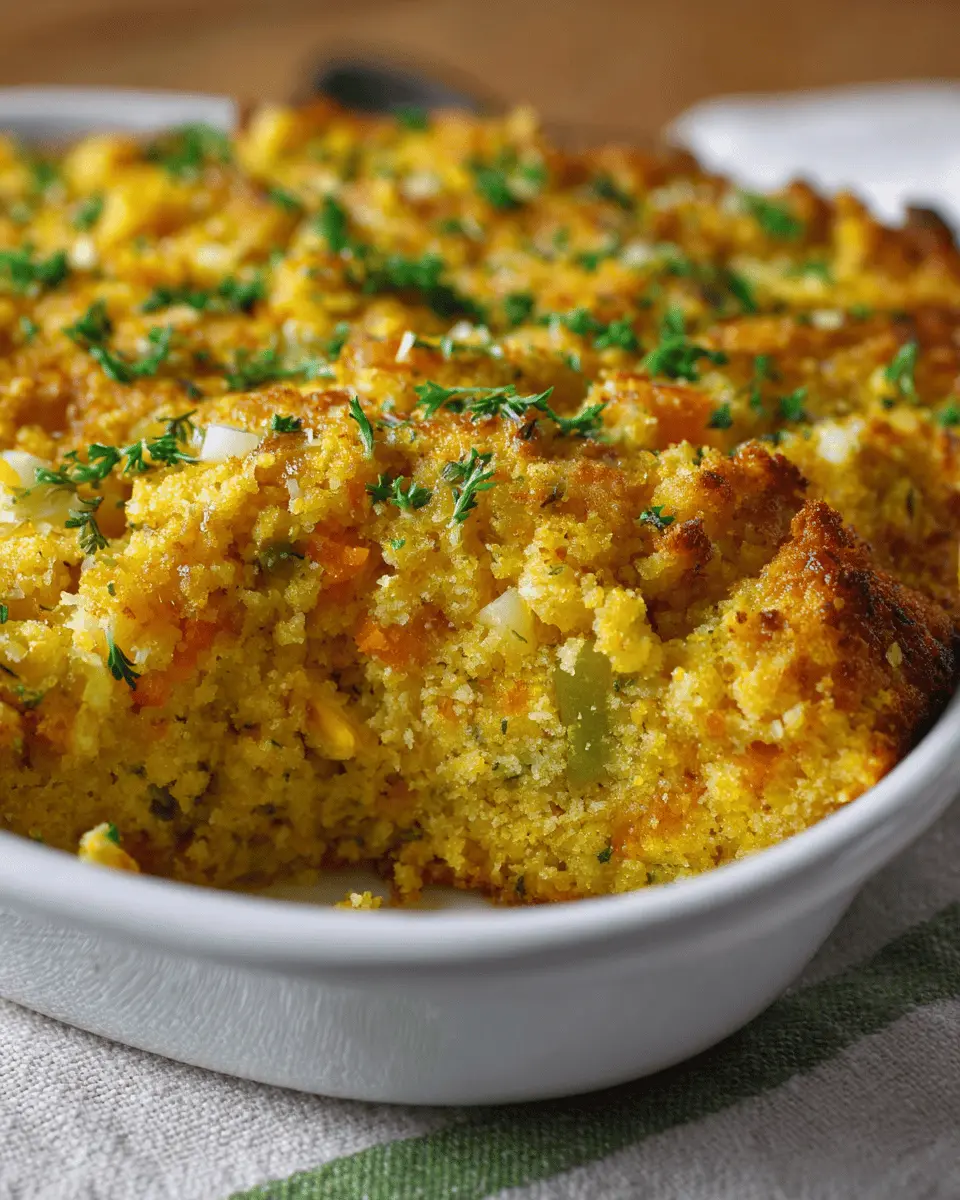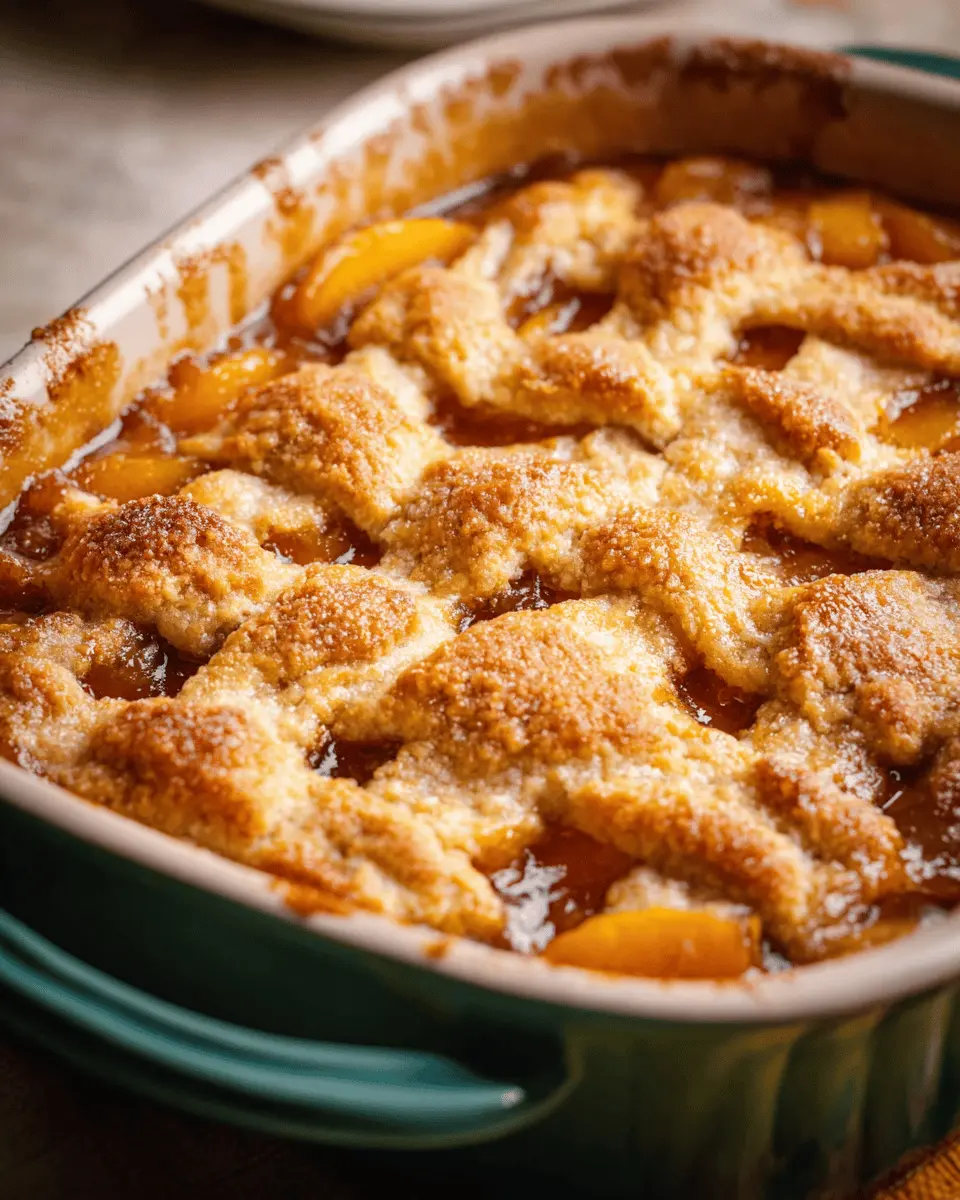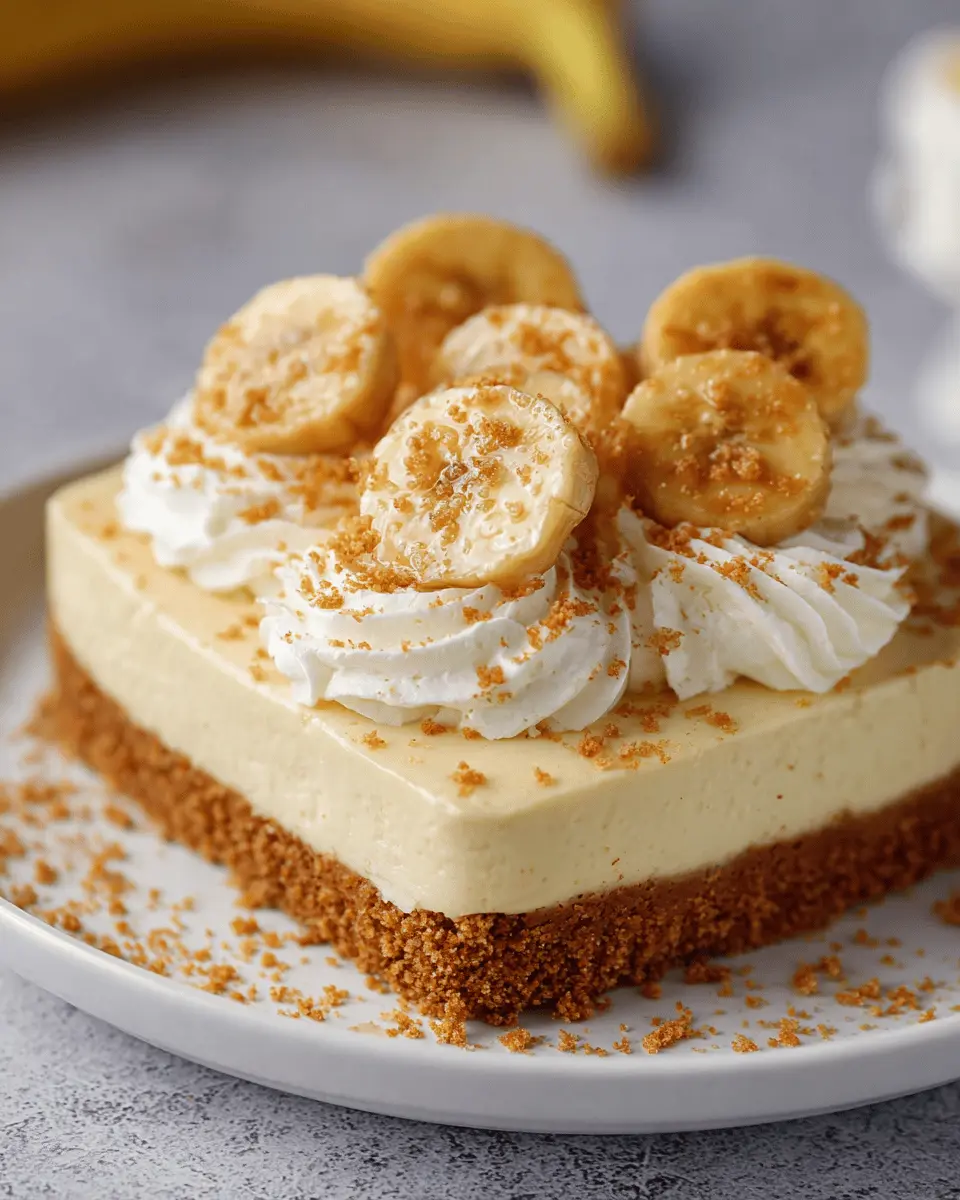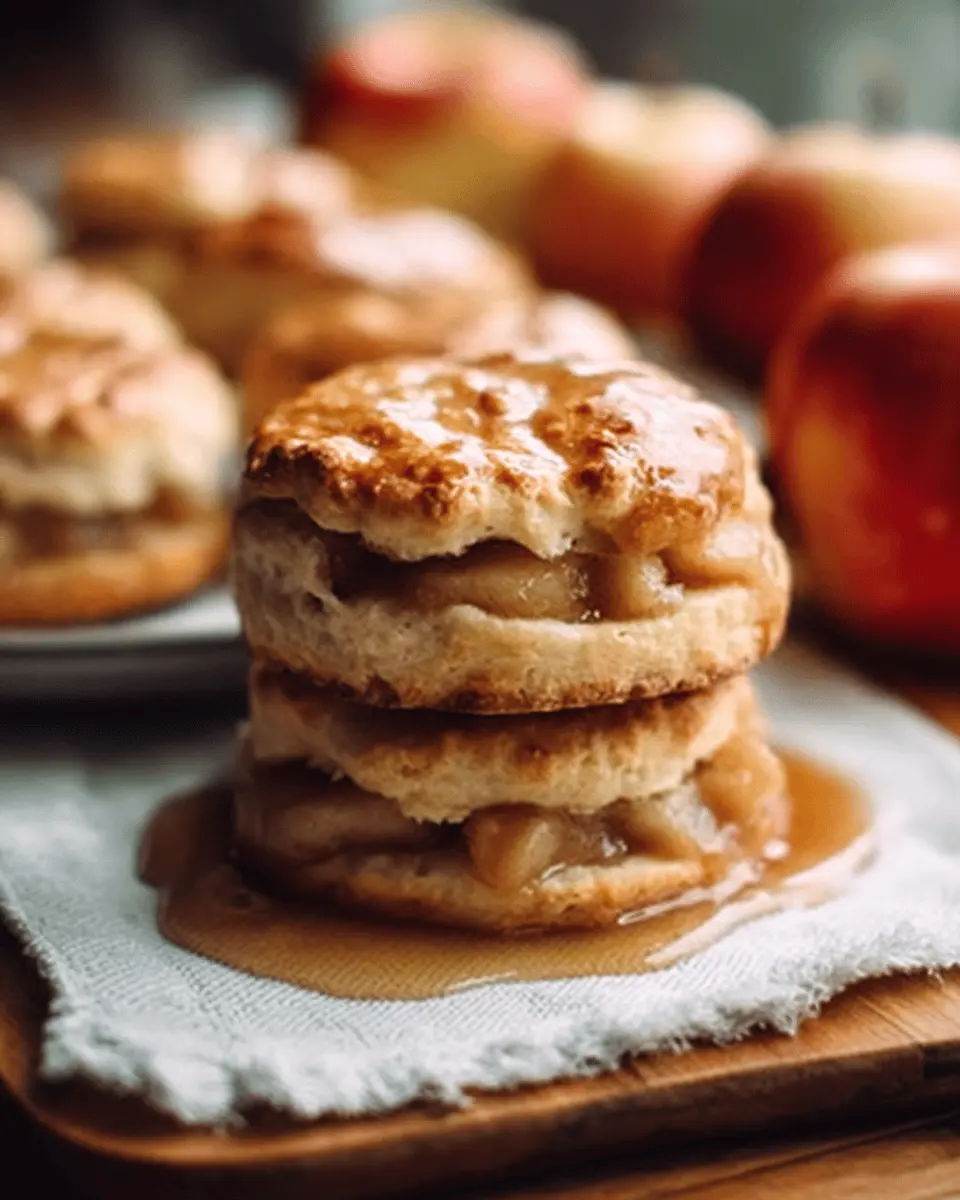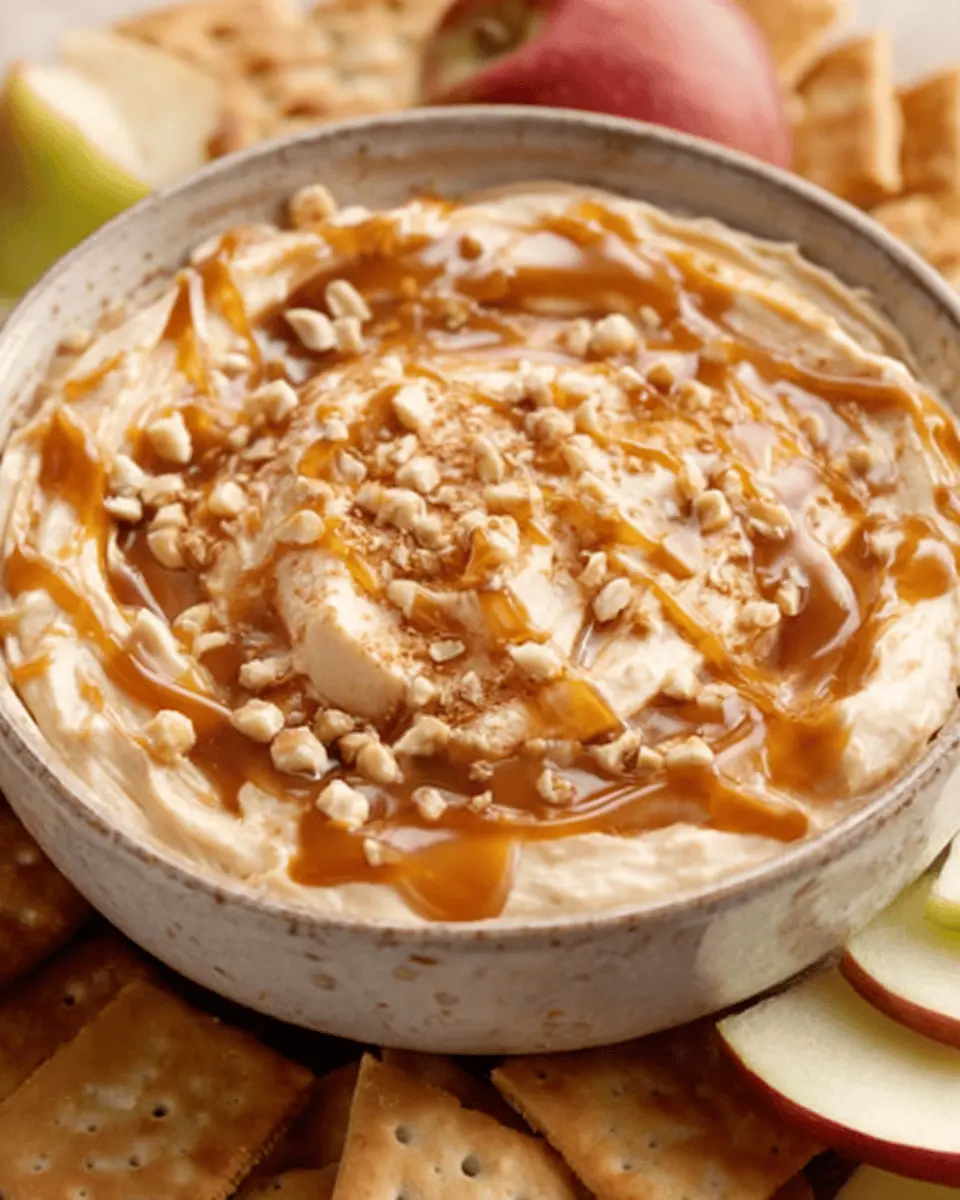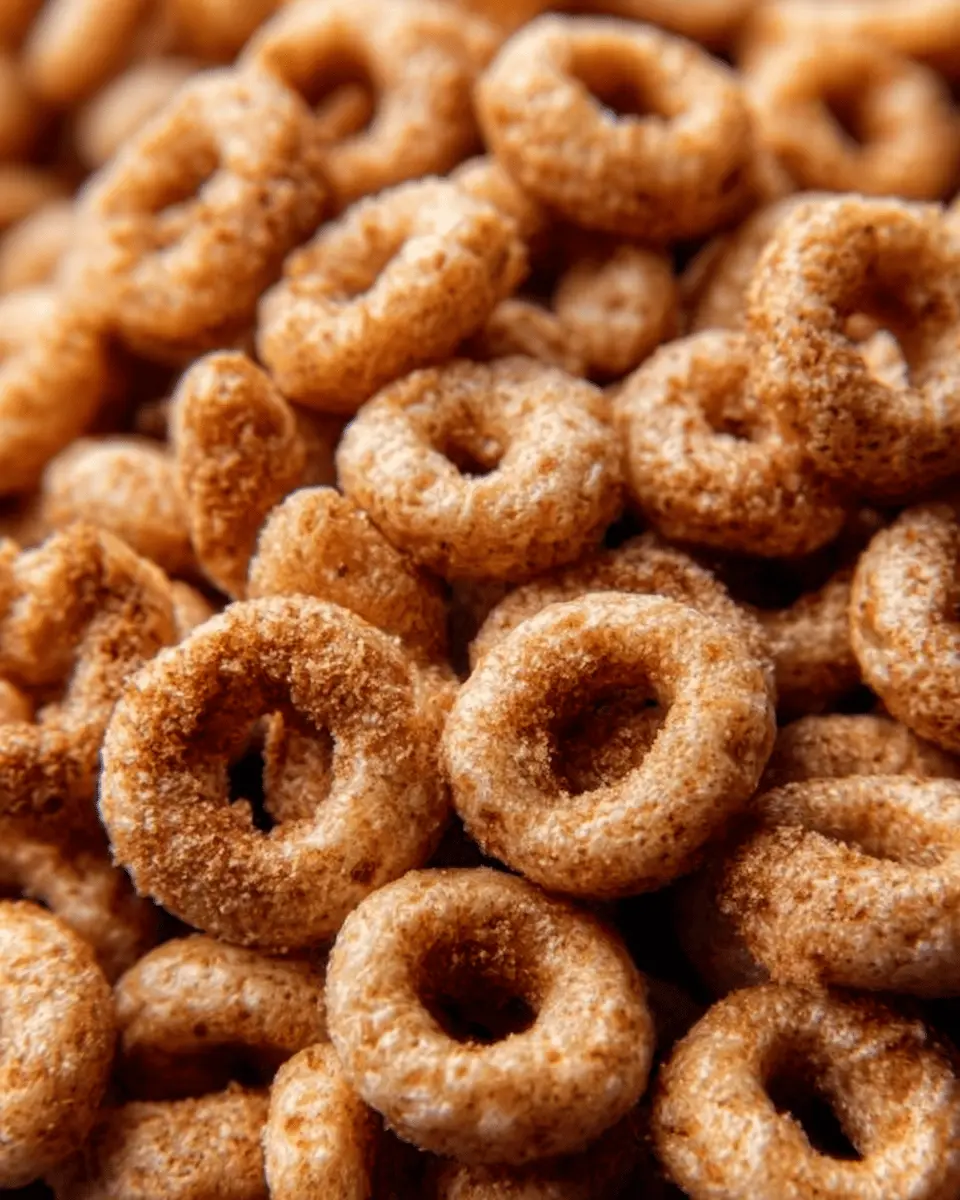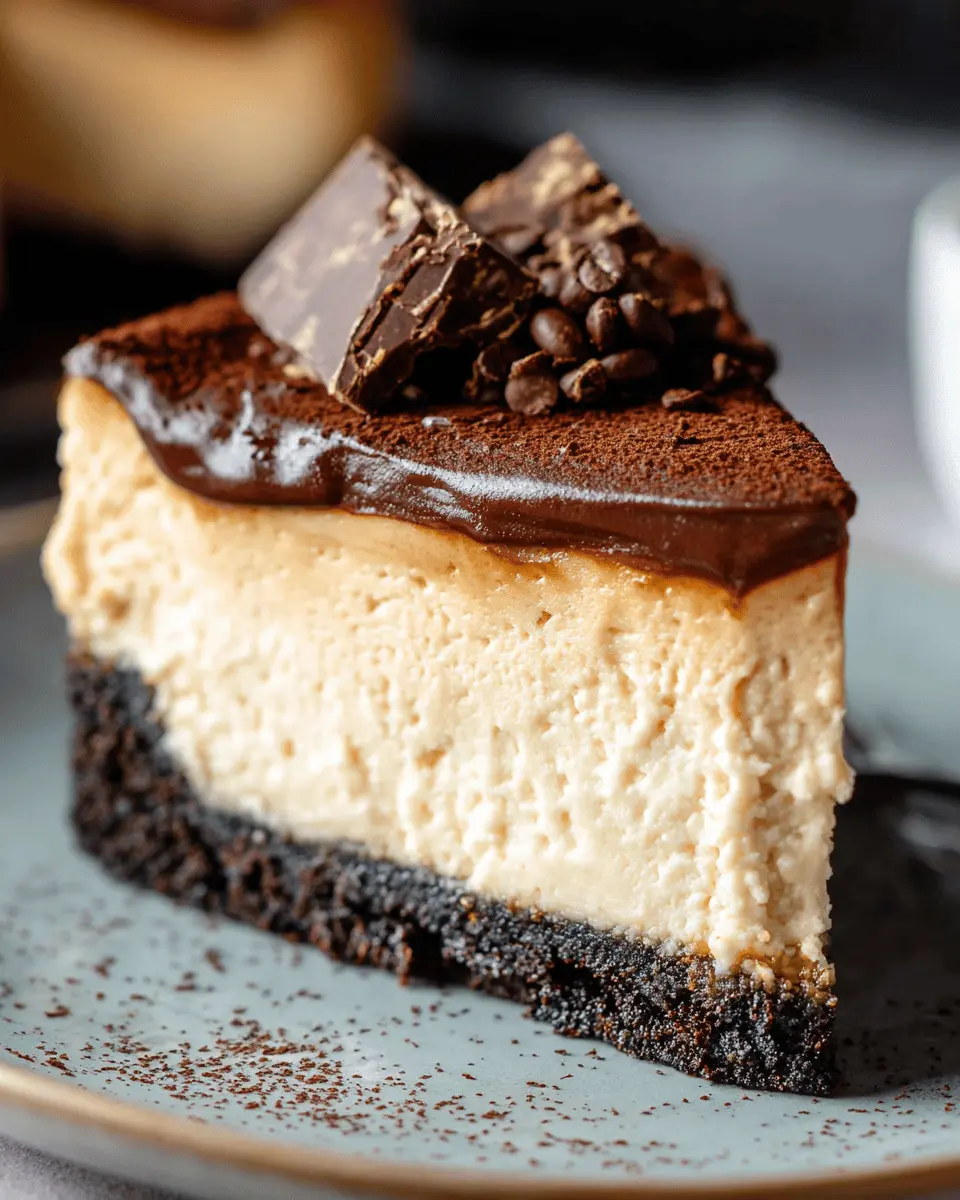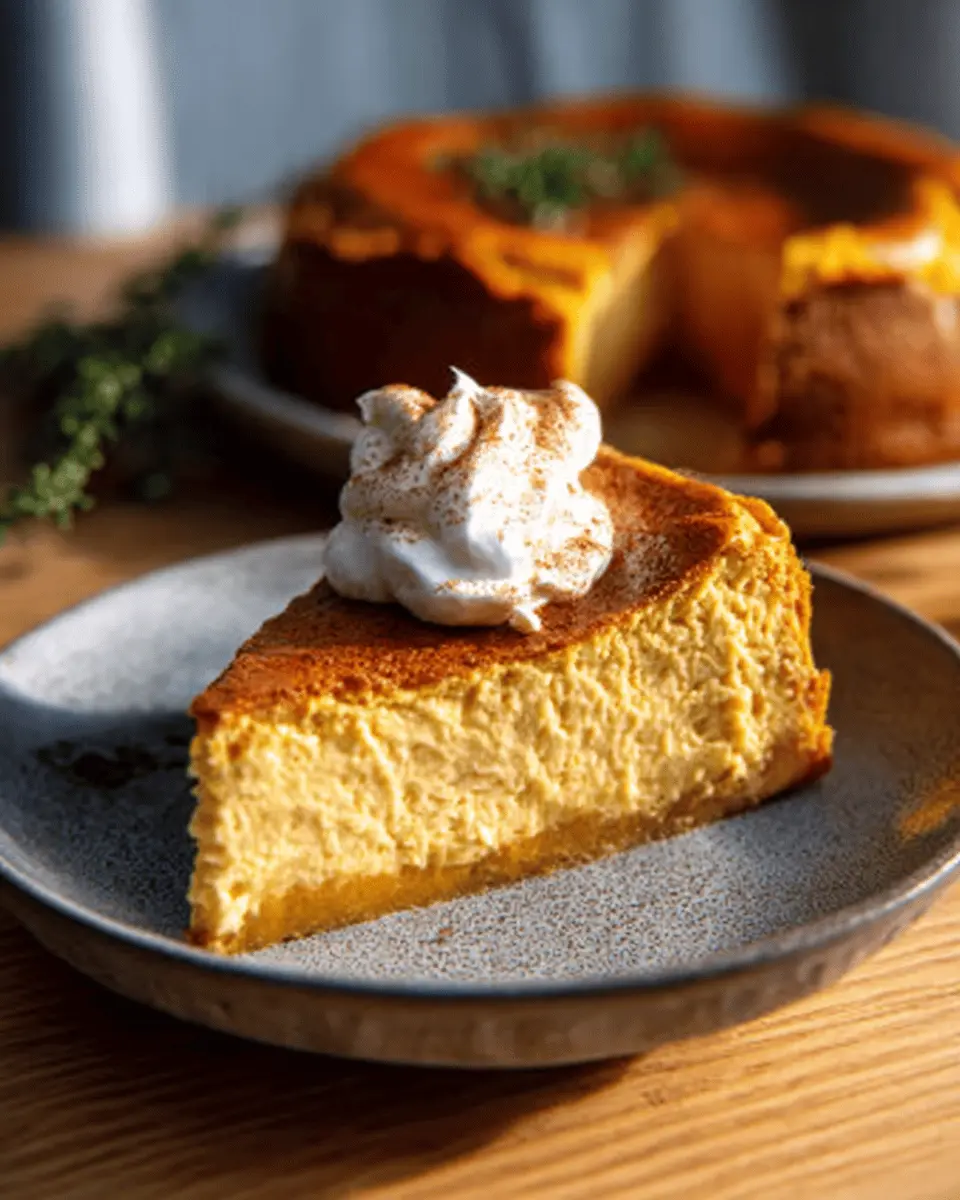Introduction to Orange Pound Cake
When it comes to desserts that are both simple and satisfying, orange pound cake stands out as a delightful choice. The combination of the buttery, dense texture of traditional pound cake mingled with the bright, zesty flavor of fresh oranges creates a harmonious treat. It’s not just a cake; it’s a slice of sunshine you can enjoy any time of day!
Why Orange Pound Cake is a Delightful Choice
Let’s talk about the star of the show: the orange. This citrus fruit is packed with vitamin C, which is great for immune health. And who wouldn’t want a little boost while indulging in a sweet treat? The essence of fresh orange zest isn’t just aromatic; it elevates the cake with a fragrant and uplifting flavor profile that sets it apart from the average pound cake.
You might wonder, “Is it easy to make?” Absolutely! With the right ingredients and a little love, anyone can whip up this delightful dessert. It’s perfect for:
- Special occasions: Impress your guests at a dinner party with this standout dish.
- Casual gatherings: Bake it over the weekend and enjoy it throughout the week with coffee or tea.
- Gift-giving: Wrap it up beautifully and share a delicious homemade treat with friends or neighbors.
Furthermore, an orange pound cake can easily cater to different dietary needs. You can swap regular flour for gluten-free alternatives or substitute sugar with healthier options like honey or maple syrup. This versatility makes it an all-around crowd-pleaser.
But let’s not forget practical elements. According to culinary experts, the beauty of pound cakes lies in their ability to stay fresh for several days, thanks to the richness of the ingredients. As it sits, the flavors meld beautifully, often allowing for a better taste experience—so don’t hesitate to bake ahead!
For more on the health benefits of citrus fruits, check out reputable sources like the American Heart Association or Healthline.
So, whether you’re looking to impress others or simply indulge your baking passion, orange pound cake is a fantastic choice that resonates with all. Ready to dive into the recipe? Let’s get started!
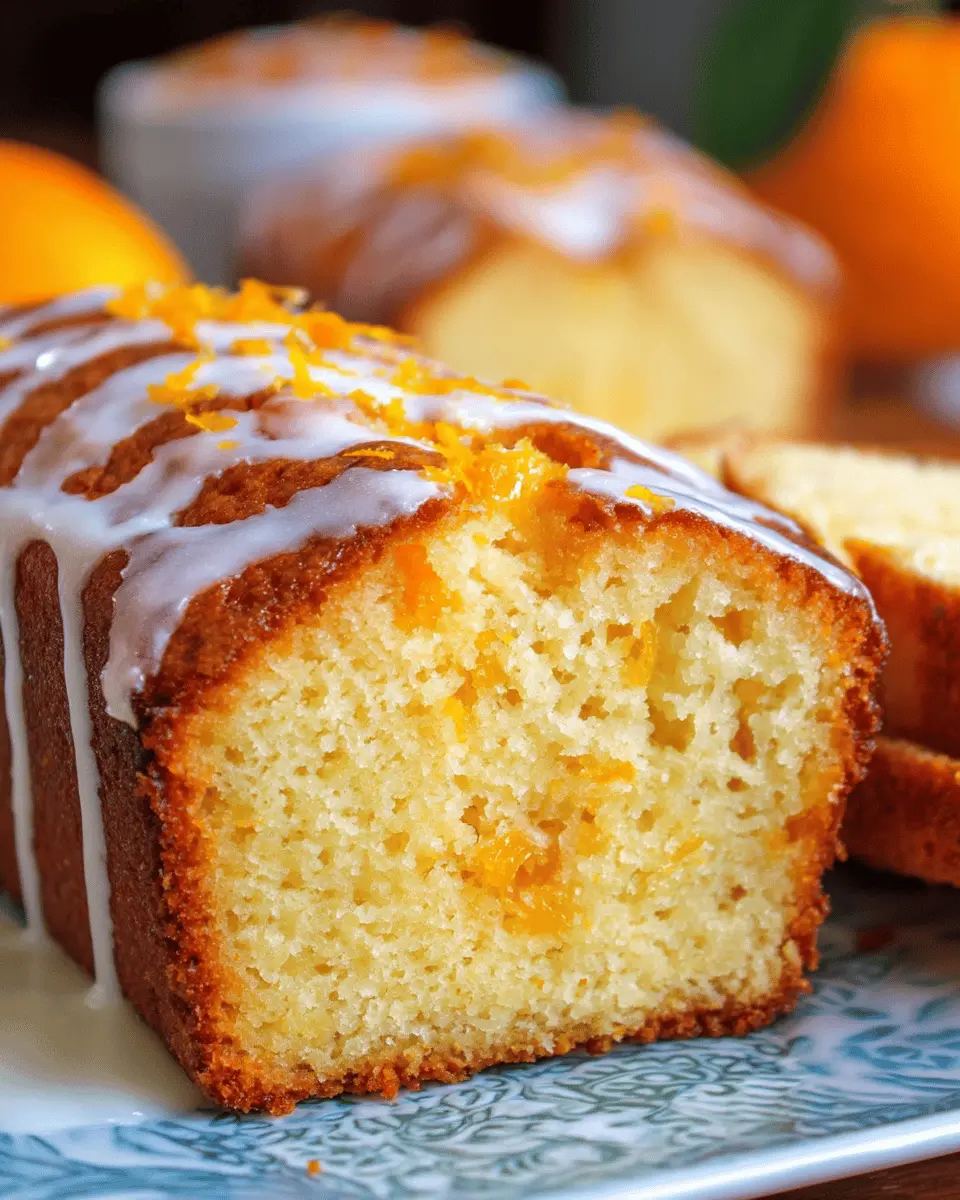
Ingredients for Orange Pound Cake
Essential ingredients for a perfect cake
To whip up a delightful orange pound cake, you’ll need some classic ingredients that form the foundation of this scrumptious treat. Here’s what you’ll gather:
- Unsalted butter (room temperature, for that creamy texture)
- Granulated sugar (to bring sweetness and moisture)
- Eggs (large, farm-fresh for richness)
- All-purpose flour (perfect for a dense yet soft crumb)
- Baking powder (to give it that lovely rise)
- Salt (just a pinch to enhance flavor)
- Fresh orange juice and zest (the stars of the show that provide that zesty punch)
These ingredients are the key for achieving the perfect balance in your orange pound cake.
Optional ingredients for enhancing flavor
Want to take your cake to the next level? Consider adding these optional ingredients:
- Sour cream or Greek yogurt (for added moisture and tanginess)
- Vanilla extract (a splash to deepen the flavor)
- Chopped nuts (such as walnuts or pecans for a crunchy texture)
- Orange liqueur (for an adult twist—try adding a little if you enjoy a stronger citrus flavor)
By combining these elements, you’re not just baking a cake; you’re creating an experience! Curious about the health benefits of using fresh oranges? Explore this article for more insights. Enjoy your baking adventure!
Step-by-step Preparation of Orange Pound Cake
Baking an orange pound cake is a delightful experience that can fill your kitchen with warmth and citrusy cheer. Follow this step-by-step guide to create a cake that’s not only delicious but also a treat to behold!
Preparing your kitchen and tools
Before you start whipping up your orange pound cake, it’s essential to get organized. A tidy kitchen makes for a happy baking experience. Here’s what you need:
- Oven: Preheat it to 350°F (175°C). This is crucial since it allows the cake to rise perfectly.
- Mixing Bowls: Gather a large mixing bowl and a medium one.
- Measuring Cups and Spoons: Accuracy is key in baking!
- Electric Mixer: A hand mixer works well, but a stand mixer makes life easier.
- Loaf Pan: Greased and lined with parchment paper for easy removal.
Having everything in place not only streamlines your process but helps to avoid any last-minute scrambling. If you’re unsure about which tools to use, check out this handy kitchen equipment guide for insights.
Creaming butter and sugar
Now that your kitchen is prepped, let’s move on to the heart of the cake: the butter and sugar. Take 1 cup of softened butter and put it in your mixing bowl. Add 2 cups of granulated sugar and whip them together until the mixture turns light and fluffy. This step is crucial; it incorporates air, which helps the cake rise beautifully.
Tip: Use room-temperature butter for the best results. It blends more easily and creates that coveted airy texture.
Incorporating eggs carefully
Next up, we’re going to bring in the eggs—four large ones, to be precise. Crack them individually and add to the butter-sugar mixture, mixing well after each addition. This ensures each egg is well incorporated. It’s tempting to dump them all in at once, but trust me, patience pays off here!
As you mix, consider how local eggs can enhance flavor. Studies show that fresh eggs add more depth to baked goods!
Mixing the dry ingredients separately
Now let’s tackle the dry ingredients. In your medium bowl, combine:
- 3 cups all-purpose flour
- 1 tablespoon baking powder
- 1/2 teaspoon salt
Whisk them together to combine evenly. This prevents any clumping and ensures an even rise in your orange pound cake. Fun fact: Using a whisk instead of a spoon aerates the flour, giving your cake a finer texture!
Combining wet and dry ingredients skillfully
Time to bring it all together! Gradually add the dry mixture to the wet mixture, alternating with 1 cup of whole milk. Start and end with the dry ingredients, mixing until just combined. Be careful not to overmix—the goal here is a smooth batter, not a tough cake!
Wondering about the milk? Full-fat milk provides richness, making your cake moist and delicious.
Folding in the citrusy goodness
Here’s the fun part! Zest two large oranges and squeeze the juice from them to get about 1/4 cup of orange juice. Gently fold the zest and juice into your batter. The aroma of fresh citrus will brighten your spirit and your cake!
If you want to elevate the flavor, consider adding a teaspoon of vanilla extract or even a pinch of cardamom for that extra zing. It’s your kitchen—get creative!
Baking the cake to perfection
Pour your batter into the prepared loaf pan and smooth the top. Bake for 60-70 minutes, or until a toothpick inserted into the center comes out clean. Keep an eye on it; ovens can vary, and you don’t want to overbake!
Cooling and inverting the cake
Once baked, allow the cake to cool in the pan for about 15 minutes before transferring it to a wire rack. This step helps prevent it from breaking apart. Gently invert the cake to ensure it retains its beautiful shape.
And there you have it—an orange pound cake that’s sure to be a hit! Not only is it simple to make, but it also serves as a delightful centerpiece for any gathering. Enjoy your creation with a warm cup of tea or coffee, and share it with loved ones for an extra sprinkle of joy. Happy baking!
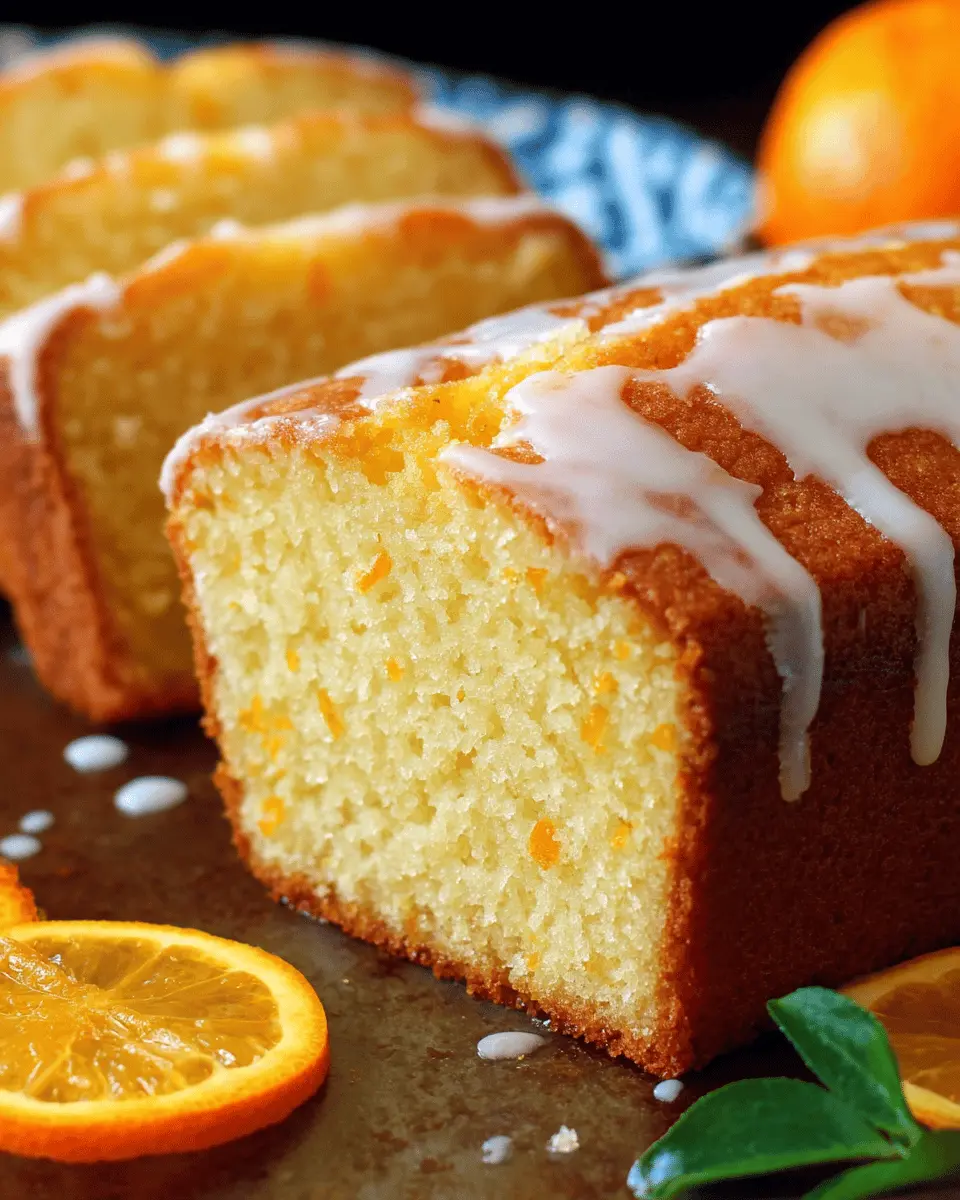
Variations on Orange Pound Cake
Classic Orange and Poppy Seed Pound Cake
If you’re looking to elevate your orange pound cake, consider adding poppy seeds into the mix. They not only enhance the visual appeal with their tiny, speckled look but also bring an amazing texture that contrasts beautifully with the cake’s soft crumb. To make this delightful variation, simply fold in about 2 tablespoons of poppy seeds into your cake batter right before you pour it into the pan. The more, the merrier—up to 3 tablespoons will really make those flavors pop!
Plus, poppy seeds are packed with nutrients, offering a boost of calcium and fiber. For a little extra citrus kick, don’t forget to glaze the finished cake with a sweet orange syrup or a light lemon glaze. This combination is sure to impress at your next gathering or brunch!
Almond Flour Twist for a Nutty Flavor
If you’re aiming for a gluten-free variation or just want to introduce a nutty flavor, why not try using almond flour in your orange pound cake? The natural oils in almond flour create a moist, flavorful cake with a unique depth. Replace about half of the all-purpose flour in your recipe with almond flour for that rich taste—a fantastic option for those seeking a healthier treat!
Not only does almond flour keep your cake moist, but it also adds protein, making for a more satisfying dessert. To really accentuate the almond notes, consider adding a splash of almond extract or finely chopped almonds on top for an added crunch.
Embrace these variations and let your creative baking instincts thrive! For more ideas on ingredient substitutions, check out Serious Eats.
Baking Tips and Notes for Orange Pound Cake
Baking an orange pound cake can be a delightful experience, but there are a few tips to help you achieve that perfect loaf. Let’s dive into some key baking notes to ensure your success!
Key Baking Notes to Ensure Success
-
Fresh Ingredients: Always use fresh ingredients, especially when it comes to your oranges. Their zest and juice are critical for flavor. For more information on ingredient quality, you might want to check out Serious Eats.
-
Room Temperature: Ensure that your eggs and butter are at room temperature. This helps create a smooth batter and results in a fluffy texture.
-
Don’t Overmix: Mixing too much after adding the flour can lead to a dense texture. Aim for a seamless incorporation of ingredients.
-
Check for Doneness: Use a toothpick to check for doneness about five minutes before the suggested time. If it comes out clean, your cake is ready!
-
Cooling: Allow your orange pound cake to cool in the pan for about 10 minutes before transferring it to a wire rack. This prevents it from breaking.
With these tips, you’ll be well on your way to baking an orange pound cake that’s both moist and bursting with citrus flavor! Happy baking!
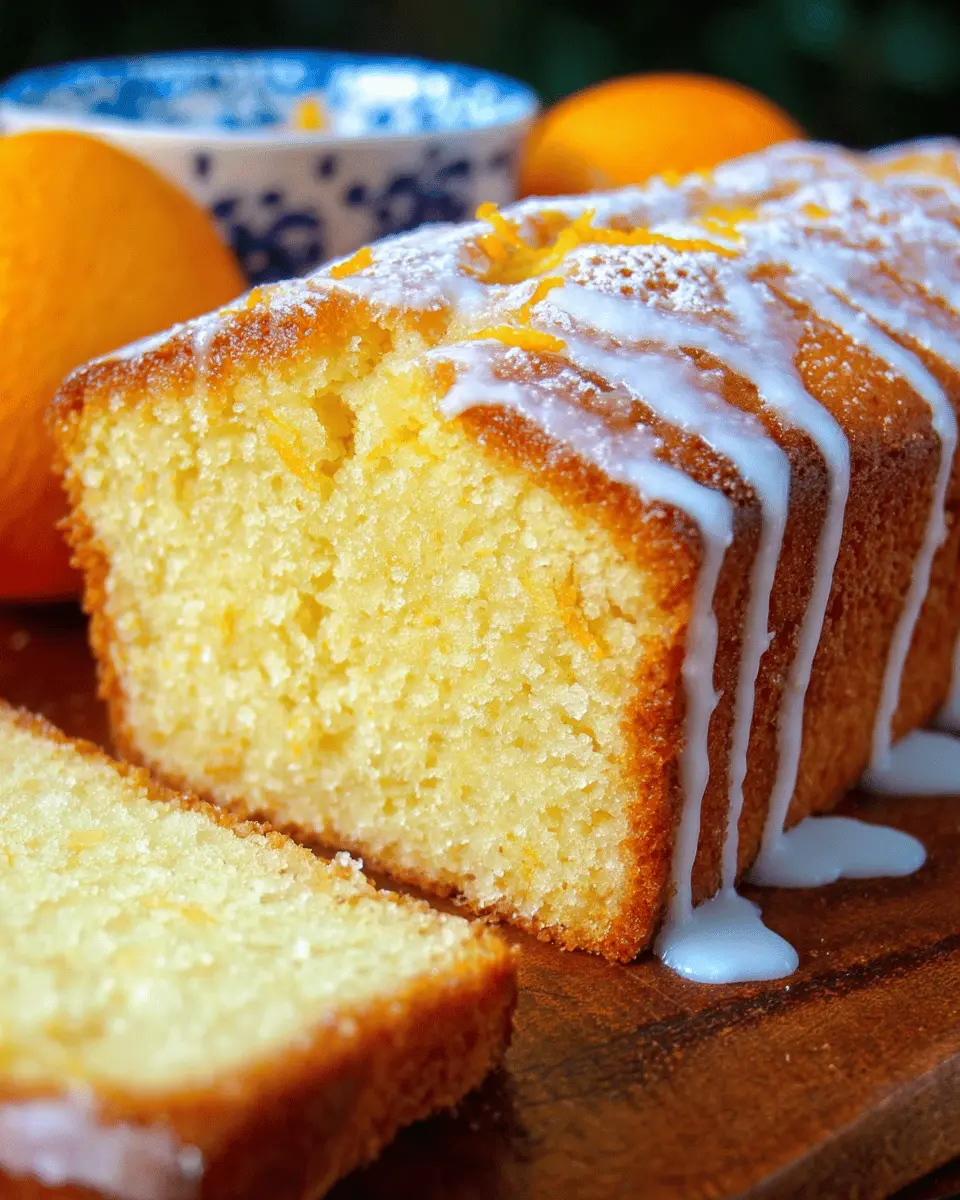
Serving Suggestions for Orange Pound Cake
Beautiful Pairings for an Elegant Presentation
When it comes to serving orange pound cake, the options are both delightful and visually stunning. Here are some ideas to elevate your presentation and make this dessert unforgettable:
-
Fresh Berries: A mix of strawberries, blueberries, and raspberries creates a vibrant contrast against the zesty orange flavor. Plus, berries are packed with antioxidants, making them a guilt-free indulgence.
-
Whipped Cream: Lightly sweetened whipped cream can add a luxurious touch. You might also experiment with a touch of vanilla to enhance the overall flavor profile.
-
Citrus Drizzle: A citrus glaze made from powdered sugar and fresh orange juice will amplify the cake’s natural flavors. Drizzle it over the top for an eye-catching finish.
-
Serve with Hot Tea or Herbal Infusions: Pair your slice with a cup of chamomile or mint tea. Their warmth complements the citrus zest beautifully, making for a cozy afternoon treat.
Feel free to explore these combinations to find your personal favorite! For more inspiring serving ideas, check out sources like Epicurious or Food Network. What combinations excite your palate?
Tips for Making Perfect Orange Pound Cake
Common Pitfalls to Avoid
Creating a delicious orange pound cake can seem straightforward, but a few common mistakes can lead to disappointing results. Here are the key pitfalls to watch out for:
-
Overmixing the Batter: It’s tempting to mix until everything is perfectly combined, but overmixing can lead to a dense cake. Mix just until the ingredients blend together for a lighter texture.
-
Improper Measuring: Using too much flour can weigh your cake down. For best results, spoon flour into the measuring cup and level it off with a knife.
-
Ignoring Room Temperature Ingredients: Cold butter or eggs can mess with your batter consistency. Allow your ingredients to come to room temperature for even mixing and fluffiness.
Best Practices for Ingredient Substitution
Sometimes you might not have all the ingredients on hand for your orange pound cake. Here are some effective substitutions:
-
Buttermilk: If you’re out, mix 1 tablespoon of lemon juice or vinegar with milk to make a quick buttermilk substitute.
-
Butter: You can use an equal amount of coconut oil for a dairy-free version, giving your cake a subtle tropical flair.
For more information on baking ingredient substitutions, visit Food52. Remember, baking is a science; while substitutions can be made, they may alter the final results! Ultimately, patience and practice will guide you to your perfect orange pound cake. So, which tip will you try first? Happy baking!
Time Breakdown for Orange Pound Cake
Preparation Time
Making your delicious orange pound cake begins with about 20 minutes of prep work. This includes gathering ingredients like flour, butter, and those zesty oranges that will elevate the flavor. Don’t forget to preheat your oven during this time; a warm oven is crucial for that perfect rise. For a helpful guide on prepping techniques, check out these kitchen tips.
Baking Time
Once prepped, your cake will need approximately 60 minutes to bake. Keep an eye on it during the last 10 minutes — a toothpick inserted into the center should come out clean. It’s often during this time that the wonderful aroma fills your kitchen, creating anticipation.
Total Time
In total, you’re looking at around 80 minutes from start to finish. In just a little over an hour, you will have a delightful orange pound cake that’s perfect for any occasion. So, what are you waiting for? Grab those ingredients and let’s get baking!
Nutritional Facts for Orange Pound Cake
When indulging in a slice of orange pound cake, it’s helpful to know what you’re treating yourself to. Here’s a quick breakdown of the key nutritional facts:
Calories per serving
Each slice of orange pound cake typically contains around 300 calories. This delightful treat, while rich in flavor, can easily fit into your dessert options without ruining your day.
Protein content per slice
You’ll find about 4 grams of protein in each serving of this cake. While it’s not a protein powerhouse, every bit helps, especially when balanced with other nutrients in your meal.
Sodium levels
The sodium content in a slice of orange pound cake is generally low, clocking in at about 180 milligrams. This makes it a reasonable choice for those monitoring sodium intake, allowing you to enjoy dessert without added guilt.
For even more insights on a balanced diet, check out the USDA FoodData Central. Balancing sweets with wholesome meals can be a delightful journey. So, go ahead and savor that slice of cake—you deserve it!
FAQs about Orange Pound Cake
What makes a pound cake different from other cakes?
Pound cake is distinct due to its traditional recipe, which typically includes one pound each of flour, butter, sugar, and eggs. This balance results in a dense, rich texture that sets it apart from lighter cakes like sponge or chiffon. You can think of orange pound cake as a delicious twist on this classic, infused with citrusy flavors that add delightful zest to each bite. Curious about the history? This cake dates back to the 1700s, when recipes were straightforward, largely because they relied on simple ingredients.
Can I freeze orange pound cake?
Absolutely! Freezing orange pound cake is a smart way to prolong its freshness. Just wrap it tightly in plastic wrap, then place it in an airtight container or a freezer bag to prevent freezer burn. It can last up to three months in the freezer. The best part? When you’re ready to enjoy it, thaw it overnight in the fridge or at room temperature for a few hours. You’ll still have that delightful taste!
How do I store freshly baked orange pound cake?
To keep your orange pound cake moist and flavorful, store it in an airtight container at room temperature for up to four days. If you need it to last longer, slice it and wrap individual pieces in plastic wrap or foil before placing them in the fridge. For more storage tips, check out this informative resource from The Kitchn. Enjoy your baking adventure!
Conclusion on Orange Pound Cake
The joy of making and enjoying homemade pound cake
There’s something uniquely satisfying about creating your own orange pound cake. As you mix the ingredients, the citrusy aroma fills your kitchen, instantly uplifting your spirits. It’s more than just a dessert; it’s a moment of connection—whether you’re baking for yourself or sharing with friends.
Homemade treats remind us of simpler times. According to a survey by The Food Network, 60% of people find baking to be a relaxing activity. So why not take an hour to whip up some delicious cake? With each slice, you’re not just satisfying a craving; you’re making memories. Plus, who can resist a slice of moist pound cake paired with coffee or tea?
Incorporate this delightful recipe into your culinary repertoire, and embrace the joy of baking. Your orange pound cake will surely become a family favorite!
PrintOrange Pound Cake: The Best Indulgent Treat for Your Family
Indulge in a slice of this luscious Orange Pound Cake, perfect for family gatherings and special occasions.
- Prep Time: 20 minutes
- Cook Time: 70 minutes
- Total Time: 90 minutes
- Yield: 12 servings
- Category: Dessert
- Method: Baking
- Cuisine: American
- Diet: Vegetarian
Ingredients
- 1 cup unsalted butter, softened
- 2 cups granulated sugar
- 4 large eggs
- 3 cups all-purpose flour
- 1 cup orange juice
- 2 teaspoons baking powder
- 1 teaspoon salt
- 2 teaspoons vanilla extract
- 1 tablespoon grated orange zest
Instructions
- Preheat the oven to 350°F (175°C) and grease a bundt pan.
- In a large bowl, cream together the butter and sugar until light and fluffy.
- Add the eggs one at a time, mixing well after each addition.
- In another bowl, whisk together the flour, baking powder, and salt.
- Gradually add the dry ingredients to the creamed mixture alternately with the orange juice. Stir in vanilla extract and orange zest.
- Pour the batter into the prepared bundt pan and smooth the top.
- Bake for 60-70 minutes or until a toothpick inserted comes out clean.
- Allow to cool in the pan for 10 minutes before transferring to a wire rack.
Notes
- For extra flavor, drizzle with an orange glaze after cooling.
- This cake can be served warm or at room temperature.
Nutrition
- Serving Size: 1 slice
- Calories: 300
- Sugar: 20g
- Sodium: 200mg
- Fat: 15g
- Saturated Fat: 9g
- Unsaturated Fat: 5g
- Trans Fat: 0g
- Carbohydrates: 36g
- Fiber: 1g
- Protein: 3g
- Cholesterol: 70mg

